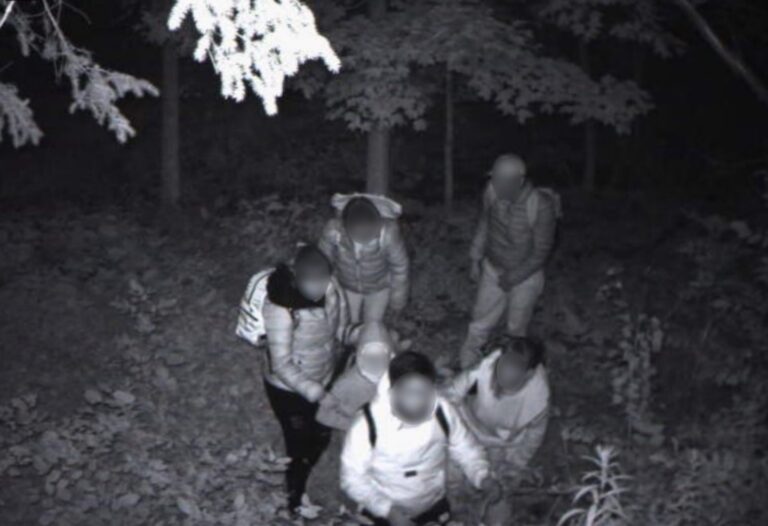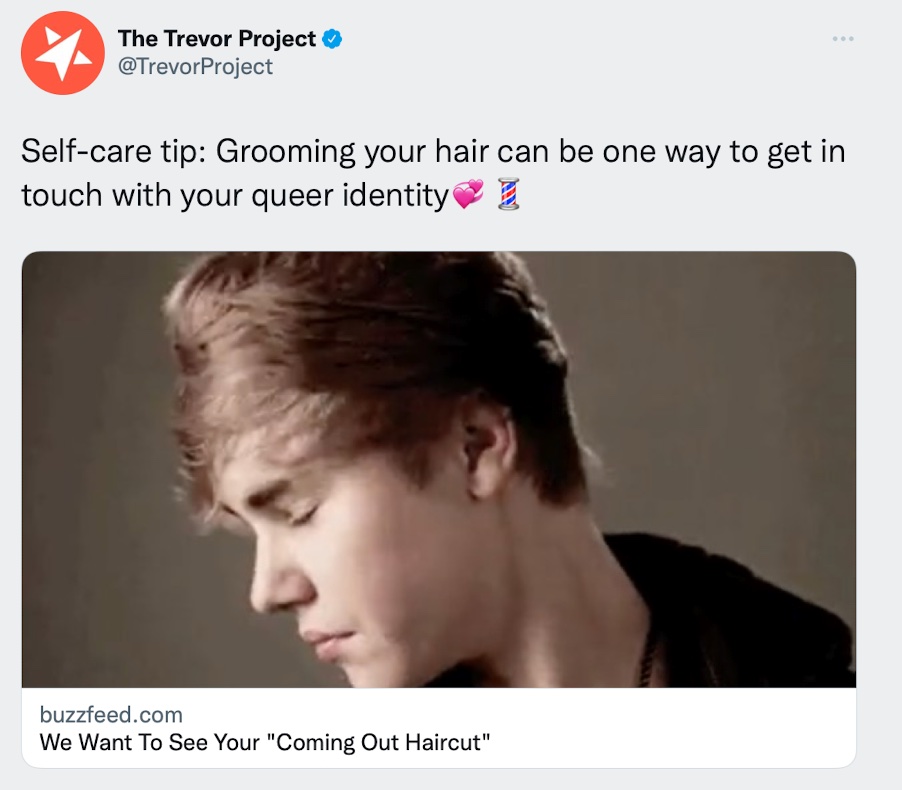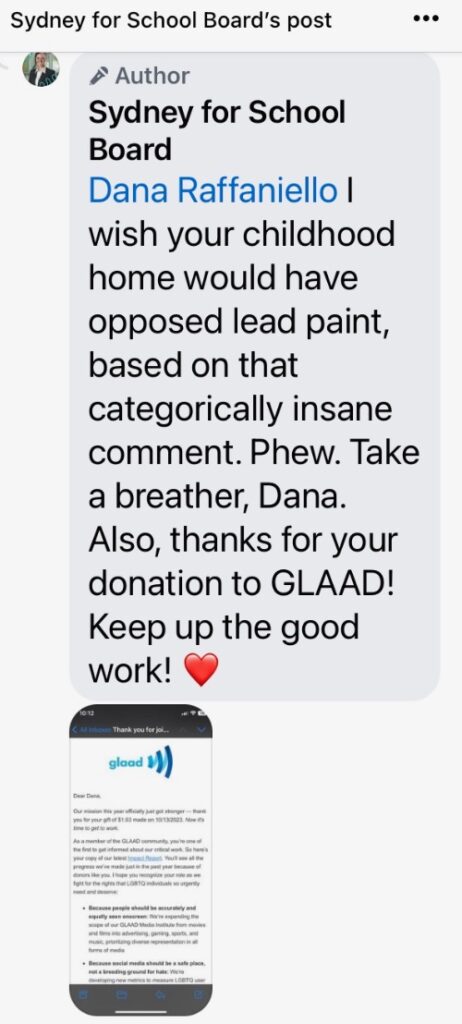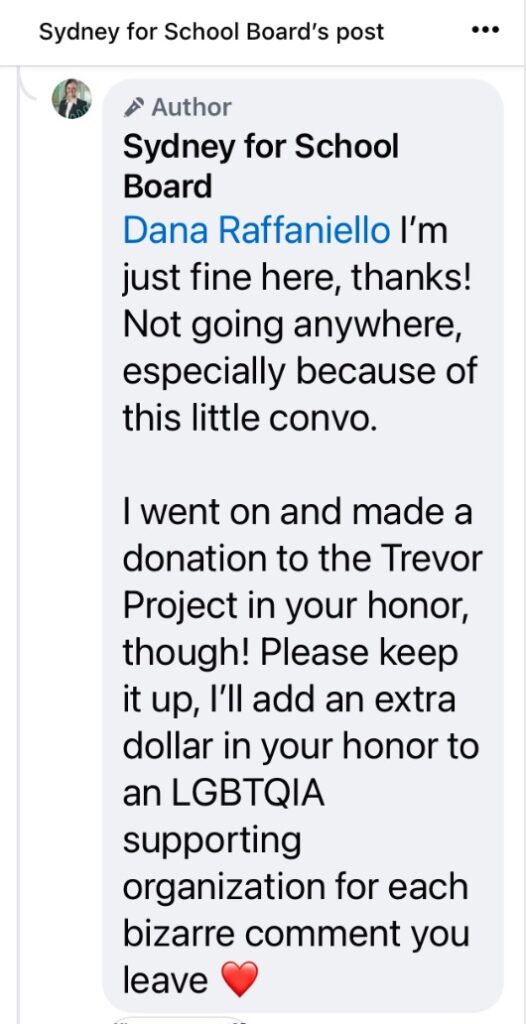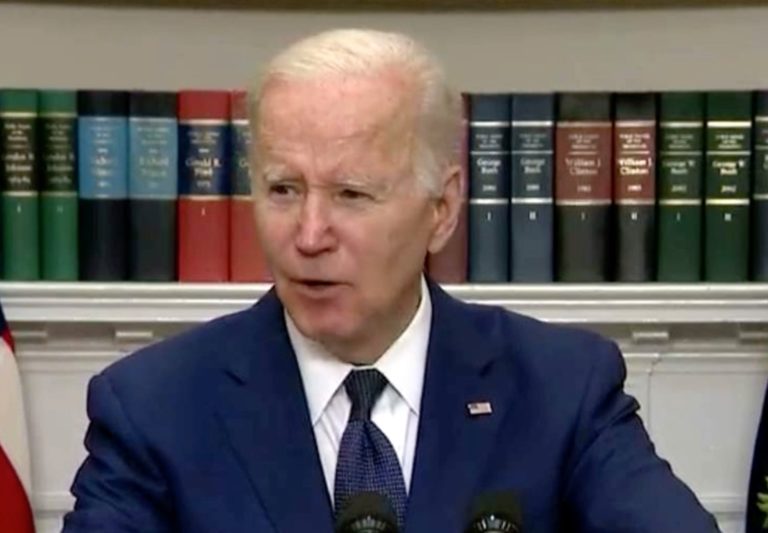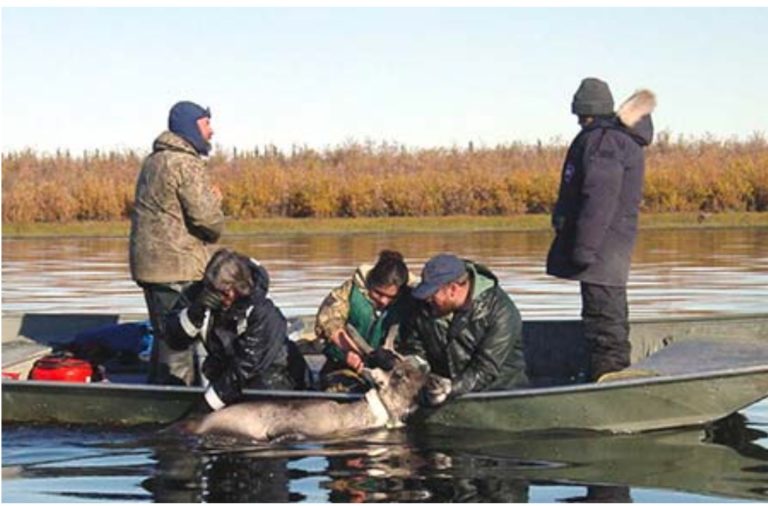The State Attorney General’s office has issued a statement regarding the Alaska Federation of Natives resolution on subsistence preference:
Fisheries management in Alaska is complex. The laws that govern it have created a patchwork State-federal system that unfortunately puts rural residents who need subsistence to survive in the middle of two management regimes. All sides agree the system needs adjusting to bring about more cohesive management and to allow the focus to be where it belongs—maintaining sustainable subsistence fisheries to feed Alaskans.
In an effort to provide necessary background and context in the understanding of fisheries management and case law, the State is providing the following responses to a draft resolution that was introduced this week by the Alaska Federation of Natives. Resolution 23-01 addresses subsistence fishing by Alaska Native people in Alaska’s navigable waters.
“As State of Alaska commissioners, we recognize and respect the longstanding connection between Alaska Native people and the lands and waters of Alaska, and the history of Alaska Native stewardship of these resources. The State’s priority use of fish and wildlife resource has been and will remain subsistence,” jointly wrote the Alaska Attorney General Treg Taylor and the Alaska Commissioner of the Department of Fish & Game Doug Vincent-Lang.
“The State of Alaska fervently supports subsistence hunting and fishing rights for Alaskans and will continue to do so. The current problem is that the federal government’s implementation of subsistence favors a few rural subsistence users over all other rural subsistence users – favors a few Alaska Native subsistence users over all other Alaska Native subsistence users – and does so without regard for the health and sustainability of future returns and State sovereignty. The State of Alaska would support congressional fixes in Title VIII so long as those fixes respect the Alaska Constitution, State sovereignty, and the principle of sustained yield for the continued benefit of fish and game subsistence for all Alaskans, now and in the future,” wrote Alaska Attorney General Treg Taylor.
“The State of Alaska takes its responsibility to provide a subsistence priority seriously. Our subsistence statute recognizes the customary and traditional uses of Alaska’s wild resources for subsistence and outlines provisions for the protection of those uses. We have closed or restricted other uses, such as sport or commercial, in times of shortage when subsistence uses would be impacted. We will continue to do so. Our involvement in United States v. Alaska is not an attack on subsistence; rather, we are asserting the rights of all subsistence users to sustainably managed fisheries and game resources, and defending our right to manage Alaska’s fish and game resources that were transferred to Alaska at statehood. We did not initiate this fight. Subsistence fishing is incredibly important for the economies and cultures of many families and communities in Alaska. Protecting fish for future generations of Alaskans is one of the State’s highest priorities. ADF&G has long been committed to providing the research needed for sound fisheries management from both the natural and social sciences in order to fully understand the biology and human dimensions of Alaska’s fish populations and fisheries. As a result, Alaska’s fisheries are recognized as some of the best managed and most sustainable in the world,” said Doug Vincent-Lang, Commissioner Alaska Department of Fish and Game
Today, the resolution was amended and passed. Among several edits, the words “hunting, trapping and gathering” were added with subsistence and the word “all” was added before Alaska Native during the Be It Resolved ending that asks for protection of all Native and aboriginal hunting and fishing rights by the federal government.
Below are the Whereas clauses followed by the State of Alaska’s responses to those clauses:
AFN Resolution 23-01
WHEREAS: throughout the 1980s and early 1990s, the State of Alaska proved itself repeatedly incapable of and unwilling to protect subsistence fishing rights across rural Alaska; and…
Alaska Department of Law and Department of Fish & Game response: State law is clear. Subsistence is our priority use when it comes to our fisheries both before and after the Alaska National Interest Lands Conservation Act, ANILCA, section VIII, was enacted. In the 1980s, the State implemented ANILCA’s Title VIII rural subsistence preference until the Alaska Supreme Court found it unconstitutional. The State maintains a robust public process as part of its regulation of fish and game. When discussing the mismanagement of fisheries, we could look back to the period when the federal government had jurisdiction over all fishing activities in Alaska, which had adverse consequences for all fisheries. This circumstance played a prominent role in Alaska’s quest for statehood. Giving control back to the federal government would take it out of the hands of those who are closest to the issue. The State is more nimble in making changes at the request of rural Alaskans and others and has a holistic view of how the various ecosystems impact one another. The State also has a constitutional mandate to provide for the subsistence needs of all Alaskans, not just those who engage in subsistence in federal areas.
WHEREAS: The State of Alaska has escalated its attacks in recent years and has undertaken a series of new, aggressive litigation aimed at actively undermining Alaska Natives’ right to subsistence; and
Law Department and ADFG response: We are disappointed by this characterization of the cases the State of Alaska is involved in. None of these cases seek to undermine the right to subsistence, quite the opposite—subsistence continues to be the first and highest priority for fish and game management. The State is required by the Alaska Constitution to manage for sustained yield, that is the conscious application of management principles intended to sustain the yield of the resource being managed. This is why State management will ensure for the future the principles of sustained yield and access for all subsistence users, whether they are connected to the specific federal areas where the federal government currently asserts management authority or not. If we do not uphold the sustained yield principle, then there will be no future runs, especially to those further upriver.
WHEREAS: In one of those cases, United States v. Alaska, the State of Alaska now attempts to rewrite longstanding law and erase the Katie John decisions; and
Law and ADFG response: The title of the case shows that the State of Alaska did not bring this lawsuit, the federal government did. The State had no interest in revisiting the Katie John case. In fact, when the Sturgeon case was before the U.S. Supreme Court, the State specifically asked the court not to disturb the Katie John decision. The United States initiated this lawsuit, and now the State is compelled to defend itself. And it is important to realize that the federal government’s objective is not limited to implementing the rural subsistence priority to favor some rural Alaskans to the detriment of other rural Alaskans; they also appear to assert total management authority over certain areas. Unfortunately, this case squarely raises the conflicting rulings in Katie John and Sturgeon, namely whether these rivers are public lands as that term is defined in ANILCA. This is a legal issue that can only be resolved by the courts.
WHEREAS: A decision from the United States Supreme Court could mean the elimination of all remaining federally-protected subsistence fishing rights for Alaska Native people at a time of immediate critical need for the rural subsistence priority in times of shortage; and
Law and ADFG response: Again, subsistence is the priority for the State, especially for its rural residents. Federal management, which currently only occurs in waters within and adjacent to federal public lands, currently disenfranchises two key Alaska Native groups.
The first Alaska Native group disenfranchised by federal management: People living upstream of federally managed areas. In 2022 rural residents, including Alaska Native people, on the northern part of the Kuskokwim River got significantly less king salmon (2 fish) than rural users on the southern part of the Kuskokwim (10 fish) because of federal openings on the southern portion of river in which the feds asserted management control. This federal order didn’t help all Alaska Natives or other rural subsistence users—only a select few. The State is the only entity with a view to protect all rural subsistence users. The second Alaska Native group disenfranchised by federal management: Alaska Native people who have left their home village for education, job opportunities or access to health care. Many Alaska Natives have cultural ties to rural fisheries but have been displaced to urban areas of the state. Today, 60 percent of Alaska Native people reside in the state’s urban cities, not its rural villages, and 87 percent live outside of tribal areas. State laws and regulations protecting subsistence fishing for all Alaskans ensure that Alaska Native people can return home to practice their culture and traditions through subsistence fishing. The current reality is that Alaskan Native people who have a historic connection to a rural federal subsistence fishery, like the Kuskokwim River but have been displaced or moved away, violate federal law if they fish during federal subsistence openings.
WHEREAS: The State’s refusal to protect and honor subsistence fishing practices has created extreme hardship for families and Native communities and a need for congressional intervention to protect Alaska Native fishing rights.
Law and ADFG response: The State is defending this case to protect and honor subsistence fishing practices with the aim of alleviating hardship for families and Native communities. Handing over all management of fishing to the federal government is not the solution and ignores the prior history of federal mismanagement. We can all agree that the current patchwork management is suboptimal. It functioned well when the federal government viewed their role as a partner with the State—but that is no longer the case. We are open to exploring solutions together. But a solution that cuts out anyone living in rural Alaska who is not Alaska Native and cedes all authority to the federal government is a non-starter and is not in the best interest of Alaskans. We respect the Alaska Native connection with the land and waters of this Alaska, and we believe State management, using a holistic approach under the sustained yield principle, best ensures rural residents their right to subsistence for decades to come.
Read FAQs on the Kuskokwim case.
Read Commissioner Vincent-Lang’s sworn declaration.

